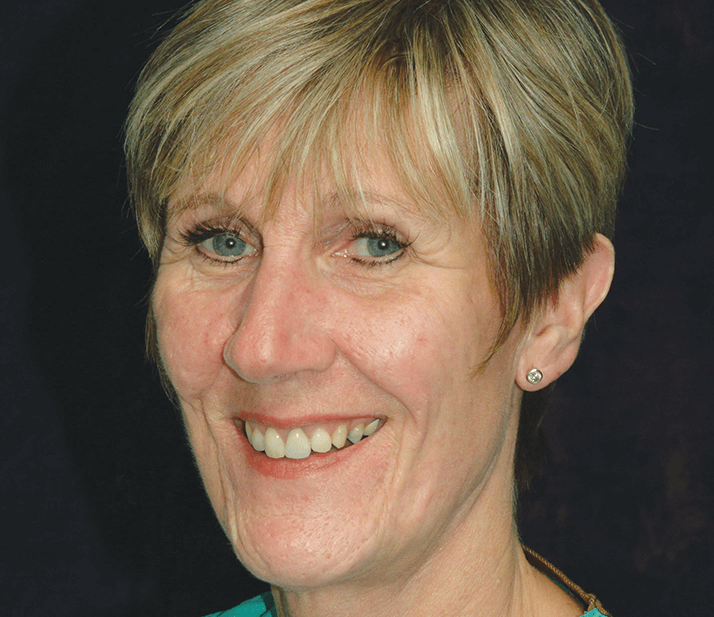
What is your vision for the Royal College of Ophthalmologists under your Presidency? One of my main objectives is to engage with the College members fully in order to maximize their varied skills and expertise for the benefit of ophthalmology and to encourage as much participation as possible. I’d also like to improve the understanding of what the College does and does not do. It is really busy with day-to-day work that ensures that the standards within ophthalmology are maintained, through training, assessment and professional standards revalidation. As far as vision is concerned, it is important that we continue to promote the value of the ophthalmologist within healthcare. There’s a risk that people look at the cost of things, but don’t actually look at the value. Ophthalmologists are well-trained professionals, who can make decisions and are good value. Maybe they cost a bit more than other individuals in certain settings, but at the end of the day, it does translate into better overall performance for the patient. We have to keep ensuring that people are aware of who we are, what we do, and that we do it very well and efficiently.
How hard is it convincing health care managers that paying for the experience of ophthalmologists gives best value? It’s difficult. And of course we need and want to work with optometrists, orthoptists and ophthalmic nurses to make sure that together we provide a package that is appropriate for individual patient care, rather than trying to hive everything off into individual silos, which is not going to work well. Teamwork is the key, with clear pathways and communication. Your predecessor, Harminder Dua, said that UK-based ophthalmologists have such a heavy workload that it’s hard for them to find the time to do their continual professional development. Is that something that the College can help with? Well it is a concern that we’re all working so hard just to stand still. In isolation, it’s difficult to make a change, but we are working through the Academy of Colleges and we all stand together: all registrars require to be trained, and in order to do that properly, it takes time. Consultants’ job plans must reflect this too. We must get rid of this 1SPA (Supporting Professional Activities) situation – the so-called 9-in-1 contract. There must be adequate SPA time, for people to not only do their continuing professional development, but also to train people. If we can stick together across specialties and emphasize the importance of this aspect of our work, hopefully people might begin to pay attention. You’ve had some additional interesting roles, including serving as the Rugby World Cup’s ophthalmologist. How did that come about? Well, I’ve always been interested in sports medicine, and I’ve published in that area – mainly on eye injuries. When the Faculty of Sport and Exercise Medicine was being created, the Royal College of Ophthalmologists was asked to nominate a representative on their council, and that, fortunately, was me. So when they needed an ophthalmologist for the World Cup, lo and behold, they got me. Sitting in the stadium next to the All Blacks: wonderful! You are also a founder member of the British Ophthalmological Surveillance Unit. What impact has it had? It’s an extremely powerful tool that picks up a lot of detail about rare conditions and how they are managed, with a robustness that just can’t be obtained any other way. Miles Stanford, Professor of Clinical Ophthalmology and Guys and St Thomas’ Hospital in London set it up; I just happened to be called in as I had done quite a lot of epidemiology, and they needed somebody from Scotland. It’s also a good way of training junior doctors in aspects of medical research; it educates them in ethics regarding questionnaires, for example. So can you give us a snapshot of your average working day? I’m at work by about eight o’clock. I do some admin and e-mails; see any inpatients on the ward; maybe I’ll do some teaching; see pre-ops or laser patients, then do a clinic. The clinics are usually fairly lengthy and very oversubscribed. I’ll get home at about seven o’clock hopefully and do some research or admin once I’ve had a couple of hours of relaxation with my husband and children, if they’re at home. How would you characterize your management style? It’s working with people, allowing them to take on responsibility to a level they’re comfortable with, and being prepared to support them all the way down the line.
